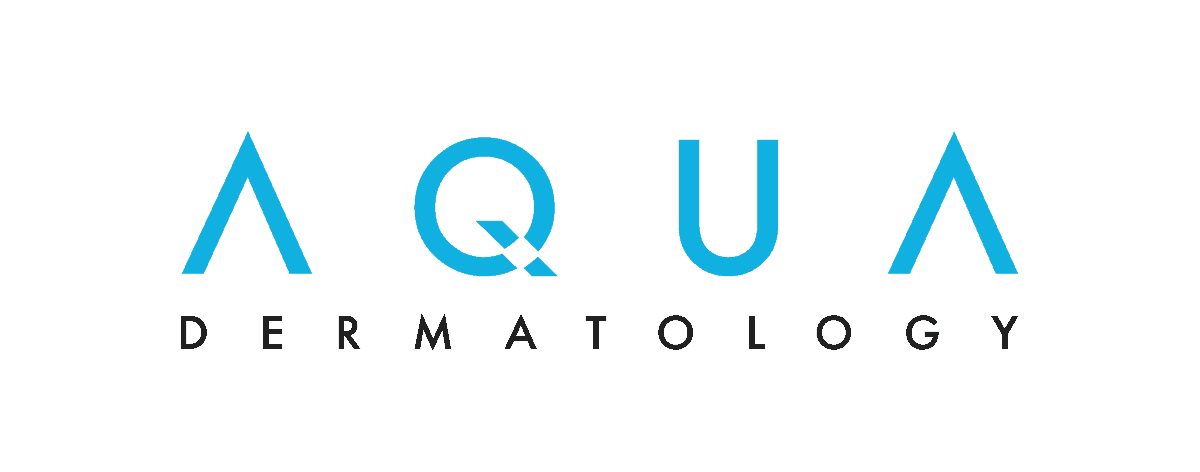Venous Stasis Dermatitis
Call 561-489-6257
Venous Stasis Dermatitis
Itchy legs with swollen skin and red, purple, gray or brown patches aren’t just an annoyance—they’re a sign of venous stasis dermatitis, also called varicose eczema or venous eczema. It’s not something to ignore. Early treatment can help stave off serious complications including leg ulcers and cellulitis. The board-certified vein experts at the Water’s Edge Dermatology Vein Center are highly skilled at treating the most common underlying cause.
What is venous stasis dermatitis? It’s chronic skin inflammation caused by blood that pools in the veins. The pooled blood puts pressure on the skin and reduces the amount of oxygen it receives. In older adults, the most common underlying cause is chronic venous insufficiency (CVI). In this condition, faulty valves in the veins allow blood to pool in the veins rather than returning to the heart. Venous stasis dermatitis can also be caused by blood clots and congestive heart failure.
Venous stasis dermatitis symptoms
Venous stasis dermatitis symptoms include itchy, swollen areas of skin that may be tender, dry, scaly and discolored. Symptoms often begin on the insides of the ankles, which may swell at the end of the day. Your legs may feel heavy or ache when you stand or walk.
As the venous stasis dermatitis progresses, it often covers the lower legs and tops of the feet. If you have varicose veins, it may develop on the skin over them. Eventually, the skin may thicken or develop cracks that weep or ooze.
Venous stasis dermatitis treatment
At the Vein Center, one of our vein experts will examine your legs and provide an accurate diagnosis of the problem. To treat venous stasis dermatitis, the doctor may recommend lifestyle changes that can ease the symptoms, such as regularly elevating your legs above your heart, taking brisk walks, avoiding salty foods and using a thick, fragrance-free moisturizing cream. They may prescribe compression socks or stockings to reduce the swelling, a topical dressing to ease the itching and inflammation or a topical corticosteroid cream.
If you have CVI, the doctor may recommend a procedure to close the faulty veins before complications develop. Minimally invasive procedures performed at the Vein Center include sclerotherapy, VenaSeal, radiofrequency ablation and endovenous laser treatment. All are minimally invasive, and recovery time is short.
Even patients with the most challenging cases of venous stasis dermatitis can find relief from their symptoms, so schedule an appointment today.
Our Vein Center is the largest and most comprehensive vein center in Florida. Schedule an appointment today if you’re having symptoms that could indicate a vein problem.
If you are experiencing any issues with your legs and would like to be examined by a vein specialist, call 561-489-6257 today to schedule your consultation.





